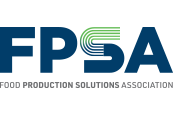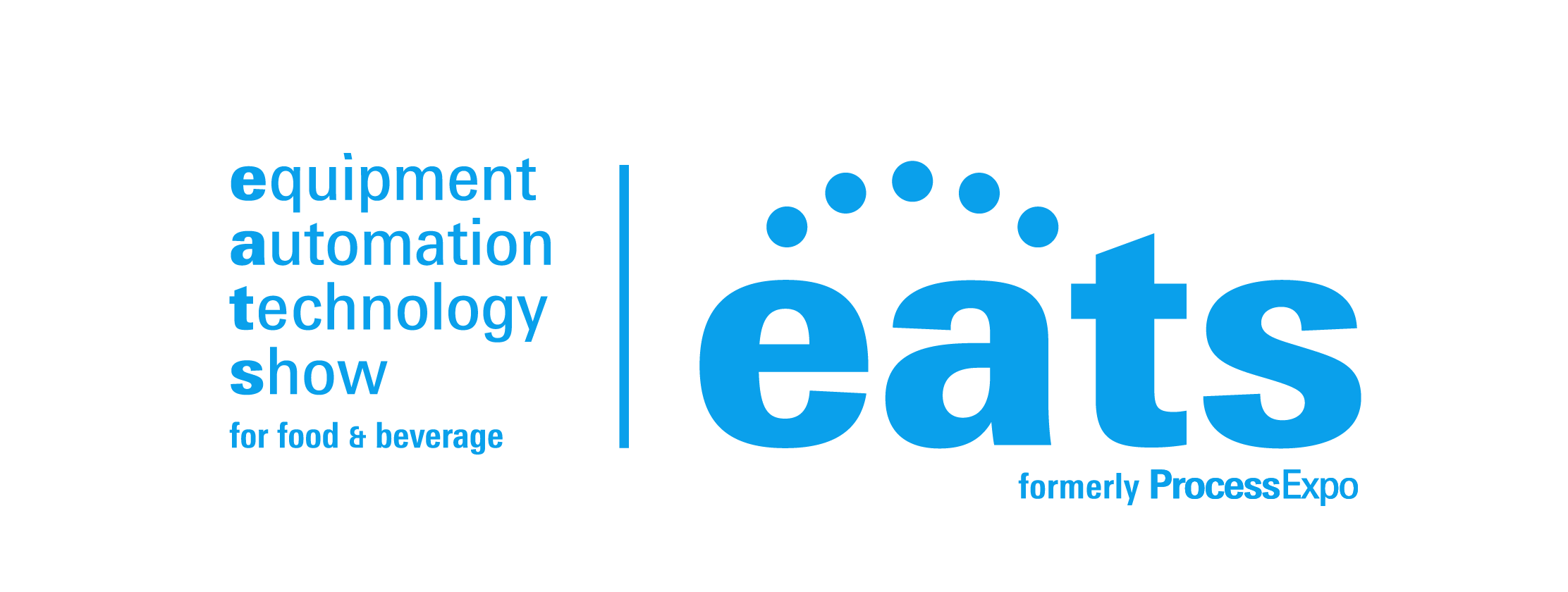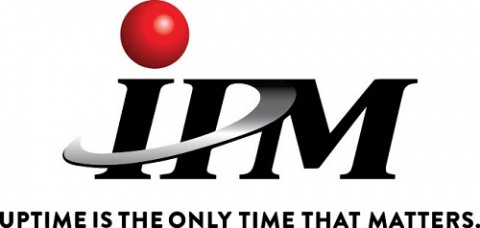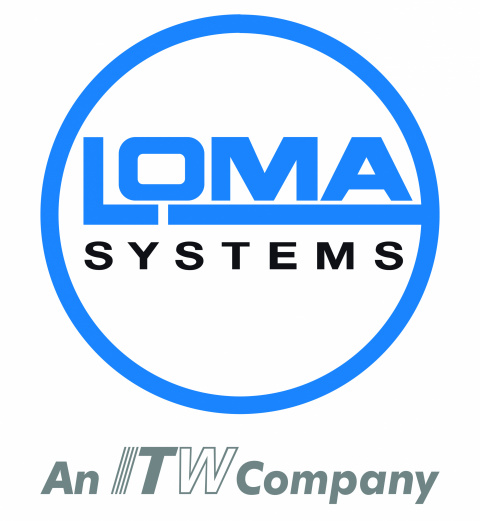
Experts have fed into a report on the use of foresight in food safety that will be published later this year by the Food and Agriculture Organization of the United Nations (FAO).
The Food Safety Foresight Framework meeting took place in April at FAO headquarters in Rome.
Sixteen people participated in the event, from governments, the private sector, international organizations, universities and research institutes, as well as two colleagues from the UN World Food Programme.
“Ensuring food safety is not simply about addressing the challenges we face today – it is about anticipating what lies ahead. The expertise of food safety foresight professionals is crucial in developing a comprehensive and enduring approach to food safety,” said Divine Njie, deputy director of FAO’s Agrifood Systems and Food Safety Division.
According to FAO, foresight enables the proactive identification of emerging food safety issues in the medium to long-term and can provide strategic preparedness to support timely decision-making.
Pros and cons of foresight
A document will be published later this year aiming to provide an overview of existing approaches and methodologies for identifying emerging food safety topics and to highlight the opportunities for early identification of issues brought about by technological advances, such as artificial intelligence and machine learning. The guide will outline the principles for a general food safety foresight approach, from which stakeholders can adapt according to their interests, needs, and resources.
During the meeting, participants shared experiences and lessons learned in food safety foresight. Methods included horizon scanning, scenario building and analysis, policy analysis, signal assessment, predictive risk assessments, and the use of data analytics and artificial intelligence for early risk identification, alongside manual information collection techniques.
Benefits of using foresight in food safety include the development of more robust action plans and the early detection and response to risks. Foresight informs longer-term decision-making, enhancing preparedness for future issues and increasing knowledge about unusual or unknown hazards.
Challenges include the lack of data on emerging topics, limited open access data, the difficulty of processing large volumes of data and timely information gathering. Experts also stressed the need to translate findings into relevant, meaningful insights tailored to specific contexts, and to integrate these outcomes into organizational and policy frameworks.
Next steps include a food safety foresight network, following up on suggestions from the meeting, such as developing practical guidance for stakeholders to implement foresight approaches, and using existing networks and initiatives to enhance international collaboration.
Supplement report
FAO has also published a report looking at how different countries approach the classification, labeling, and regulation of food supplements and functional foods.
It provides an overview of important food safety aspects such as interactions with medications, appropriate dosage, adulteration and contamination, and the need to assess the safety of ingredients that lack a history of consumption.
Inconsistencies across jurisdictions, including definitions and requirements, contribute to significant differences in the regulation of these products worldwide.
Examples in the report include the presence of puberulic acid in red yeast rice food supplements produced by Kobayashi Pharmaceutical in Japan. This 2024 incident caused about 100 deaths. In Australia, the Therapeutic Goods Administration raised concerns about Withania somnifera. Consumers reported acute symptoms such as nausea, vomiting, and diarrhea, sometimes after a single dose and resulting in hospitalization in some cases.
“The safety of active ingredients in food supplements and functional foods can depend on a number of factors, including their source, how they are processed, and the concentration levels at which they are used. Clear labeling and thorough safety assessments can support informed choices and consumer confidence,” said Maura Di Martino, author of the report.
(To sign up for a free subscription to Food Safety News, click here.)
















